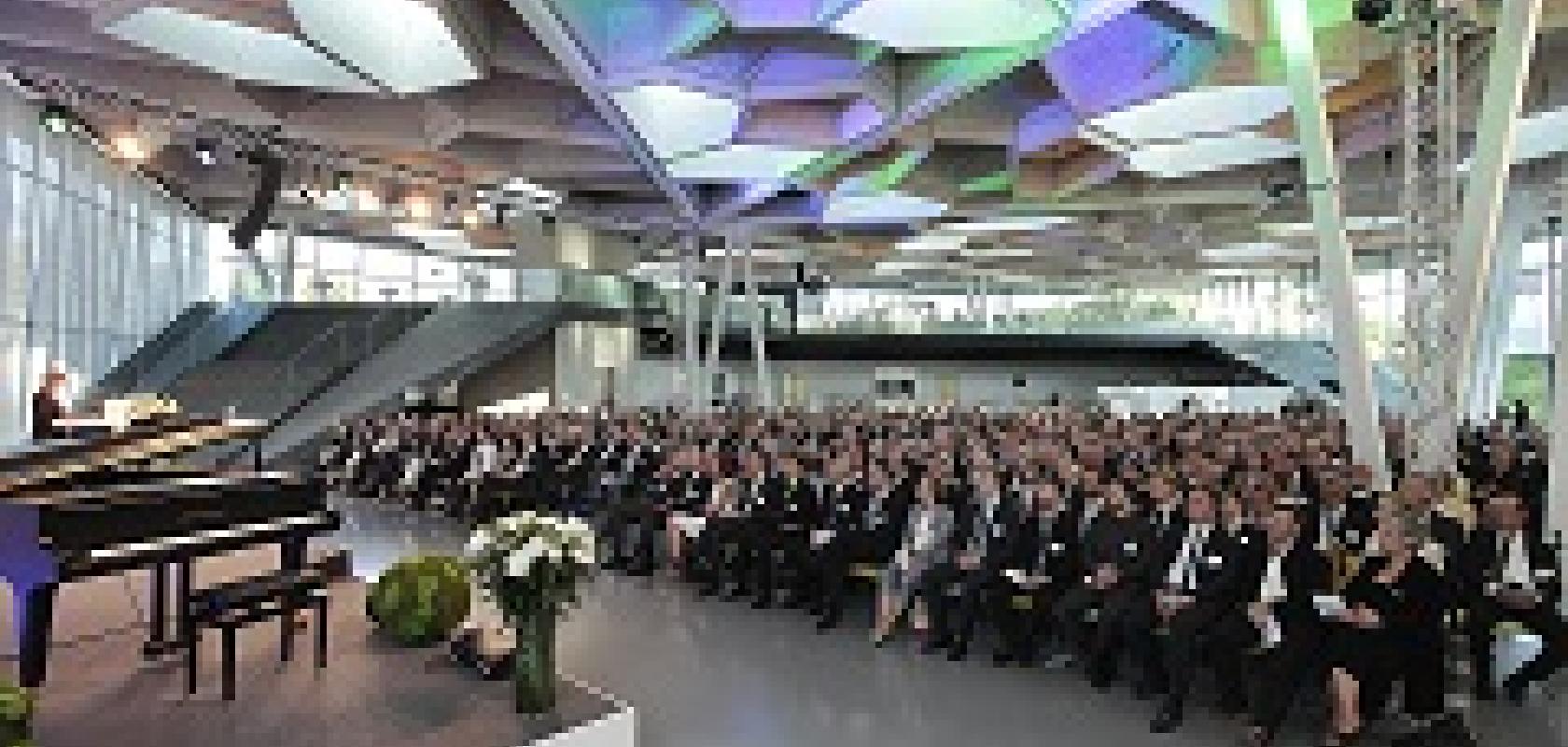Swiss physicist Dr Balthasar Fischer has been awarded a €30,000 Berthold Leibinger Foundation innovation prize for developing a membrane-free microphone that operates using light signals.
Fischer won first prize at the ninth Berthold Leibinger Foundation awards ceremony, which was held on 9 September in Ditzingen, Germany. The awards recognised applied laser technology.
In total five prizes were awarded, four being for innovation and one for contributions to applied laser technology – the ‘future’ prize.
Fischer's microphone was developed at the Vienna University of Technology and is now finding applications in non-destructive metrology and process control of machine tools. The microphone is also ideal for use as a sensor for optoacoustic imaging in biomedical engineering.
One of the two €20,000 second prizes were awarded to the founder of the company Crystal Mirror Solutions, Dr Garret Cole, and Dr Markus Aspelmeyer, professor at the University of Vienna, for their development of crystalline semiconductor coatings for mirrors. The coatings can improve the precision of optical atomic clocks by multiple orders of magnitude and have had a large impact the world of optical high precision measurement.
The other second prize was awarded to a total of twelve scientists from Saarbrücken and Dresden, Germany, led by Professor Frank Mücklich at the University of Saarland and Professor Andrés-Fabián Lasagni at the technical University of Dresden.
Mücklich and Lasagni’s working groups researched and developed processes and laser systems that generate tiny micro and nano patterns quickly and economically using laser interference. Surfaces that incorporate these patterns can largely reduce friction, or they can kill bacteria and thus reduce the transmission of germs. This technology will also be used to increase the reliability of electrical plug-in connections, such as in automobiles.
A total of 33 developers from the Laser Guide Star Alliance were the winners of the €10,000 third prize for their guide star laser SodiumStar 20/2. The system was developed over a period of more than seven years and has long been sought as a key component for the construction of modern, earth-based telescopes such as the Very Large and Extremely Large Telescopes. This technology offers advantages for tracking satellites and detecting space debris, in addition to further applications. The respective groups were headed by Dr Wilhelm Kaenders from Toptica, Dr Wallace Clements from MPB and Dr Domenico Bonaccini Calia from ESO.
The €30,000 future prize was introduced in 2006 to honour outstanding contributions to applied laser technology. This year the prize was awarded to French professor Gérard Mourou of the École Polytechnique, due to his invention of Chirped Pulse Amplification (CPA) at the University of Rochester, in collaboration with his student Donna Strickland. The technology enables the amplification of short laser pulses to extremely high peak power. With CPA, Mourou revolutionised the field of high intensity lasers, most recently initiating Europe’s Extreme Light Infrastructure ELI in the Czech Republic, Hungary and Romania.
The next awards ceremony will take place in two years, in September 2018. Applications for the innovation award may be submitted until 31 December 2017.
Further information:


